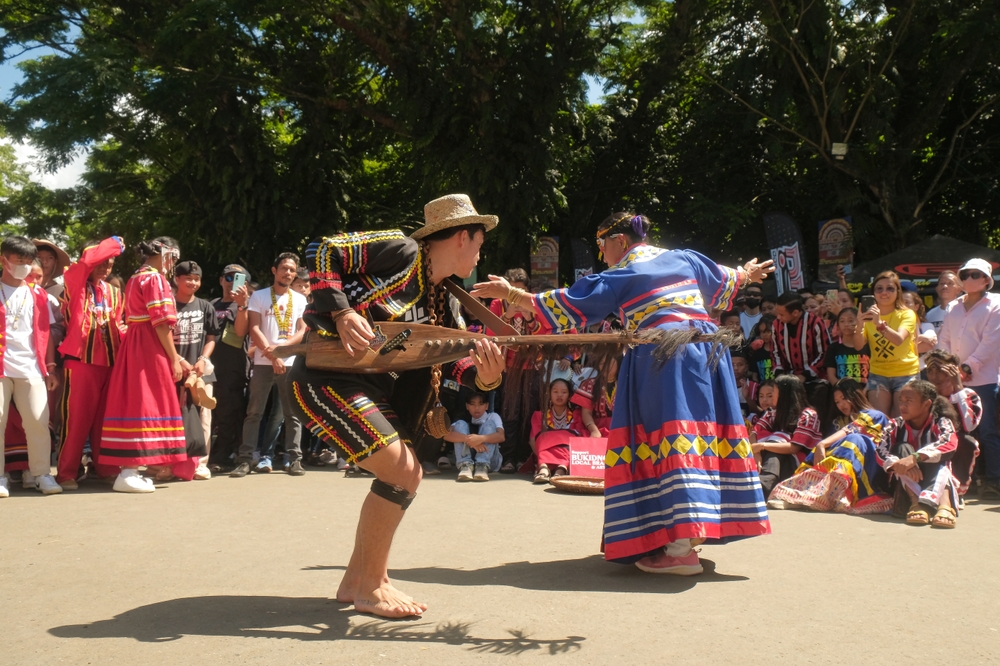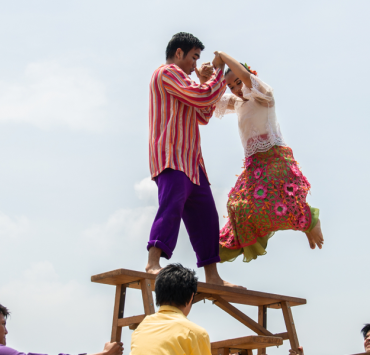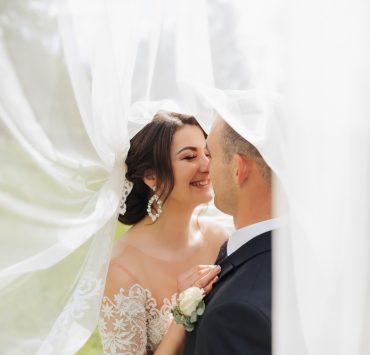The Philippines is home to over 100 indigenous ethnolinguistic groups, each with its unique traditions and customs. And within these groups’ cultural tapestry, one of the traditions that stand out the most is tribal wedding ceremonies. With these vibrant and sacred celebrations, they reflect the diverse heritage in the country through rituals performed in affirmation of the commitment of two people.
If you’re curious about what these Filipino wedding traditions are, you’re in luck! In this article, we explore the fascinating world of tribal marriage rituals in the Philippines. We dive into the ancient customs and learn how they were practiced in the past.
So, what are Tribal Weddings?
Filipino tribal weddings are more than just celebrations of love. They are profound cultural and spiritual events that reflect the deep-rooted beliefs of communities around the country. It’s influenced by old Filipino rituals that tribes continue to perform to this day.
The common traditions observed in tribal weddings are mostly similar to each other. To have an idea of what they are, here’s a list of customs that are generally done across tribes:
- Courtships aren’t practiced as much since marriages are usually arranged by the couple’s parents.
- The union addresses a God and has rites that involve animal sacrifices to ask for their God’s blessing.
- The marriage is between two people from the same tribe. If the union is between a couple from differing tribes, it’s understood that these tribes must have a standing pact before marriage is permitted.
- In the case of mixed religion weddings, traditions from both faiths are still practiced. The couple to be married finds a way to bring both religious customs into their wedding harmoniously.
- The union of a couple often includes a dowry for the bride and her family.
- The wedding ceremony is typically shouldered by the groom’s parents.
- Lavish celebrations are part of the wedding. It’s common to hold fiestas that can last days to celebrate a couple’s union.
The practices in tribal marriages typically differ based on their respective values and superstitions. Other than that, there are also differences in the flow of the ceremony, the ceremonial garbs, and the food featured in feasts. Usually, wedding decorations and delicacies are based on the abundant ingredients and materials in the tribe’s area.
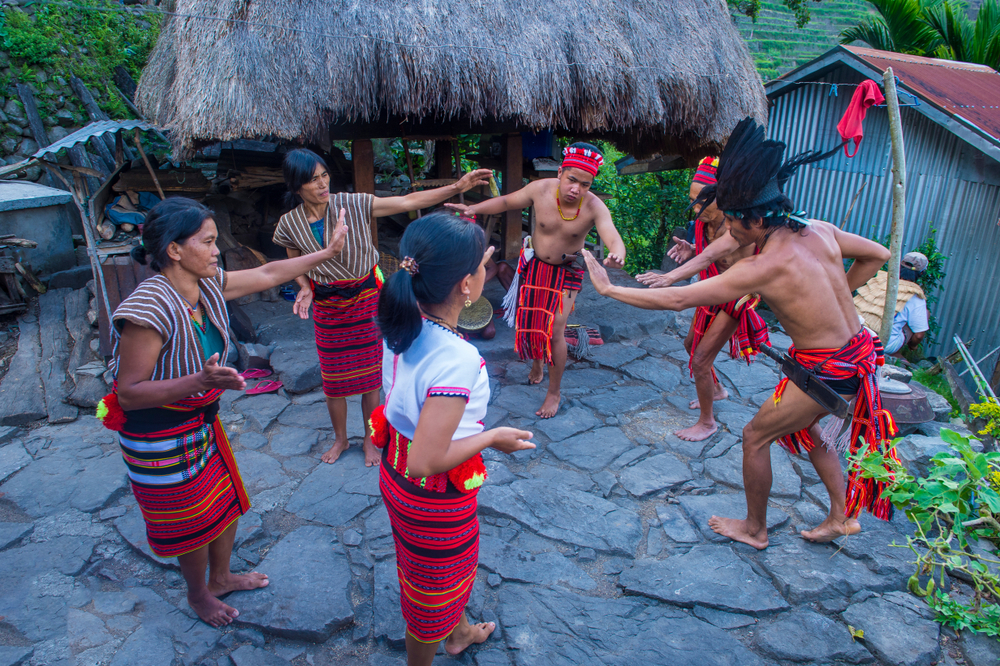
Tribal Wedding Traditions
In the Philippines, different societies in every region have their own wedding traditions. And despite the distinctions in each tribe’s customs, their ultimate goal is to showcase how each community celebrates and preserves the sanctity of marriage.
To better understand each tribe’s practices, here are some of the traditions performed by different Filipino tribes:
Bontoc or Igorot
In the mountains of the Cordillera region, the Igorot people celebrate weddings with a deep sense of tradition. The wedding itself can last several days and usually includes an exchange of food that both the families of the bride and groom can enjoy. This practice is called the “insukatan nan makan,” and it usually begins with the bride giving black beans to the man, signifying her intention to marry.
The wedding ritual concludes with the act of “manmanok” where the bride and groom’s parents get together and declare that their children can now legally sleep together. After this, the marriage ritual ends and everyone who joined the celebration can start the wedding feast.

Manobo
The wedding customs of the Manobo tribe is typically arranged by the bride and groom-to-be’s parents, supervised by a Datu or Bai. It’s practiced in the areas of Agusan, Cotabato, Bukidnon, and other areas in Mindanao.
The marriage process starts with the “penginsa” (asking) and continues with the negotiations of the “kagun” (dowry) for the bride. Once the kagun is finalized, the groom’s family starts the process of raising the amount of the dowry with the help of town elders. When the kagun is ready, the wedding can be announced.
During the ceremony, the kagun is presented to the bride’s family and the elders presiding over the wedding. The items in the kagun are then distributed among the bride’s family and their relatives—depending on their contribution to the bride’s life.
After the presentation of the kagun, the “seru” feast commences, symbolizing the duties of the bride and groom to each other. Over the next several days, a purification ritual is performed by offering chickens and rice to the tribe’s deity to protect the new couples’ souls.
Tausug
Like the Manobo tribe, the people of Tausug also practice arranged marriages. In their tribe, the man typically presents himself to the parents of the woman and is judged whether he is fit for their daughter. If the parents approve the courtship, the man can proceed with his marriage proposal to the woman.
If the woman agrees to the marriage, dowry negotiations begin and are followed by the wedding announcement and preparations. And since the Tausug people practice Islamic religion, their Imam (religious leader) presides over the wedding ceremony. Once the consent of the bride’s father is given, the Imam begins the solemnization ritual to bless the couple’s marriage.
Much like weddings nowadays, the reception in a Tausug marriage ceremony is a feast of Sulu delicacies. The venue and guests are generally dressed up in celebration of the union.
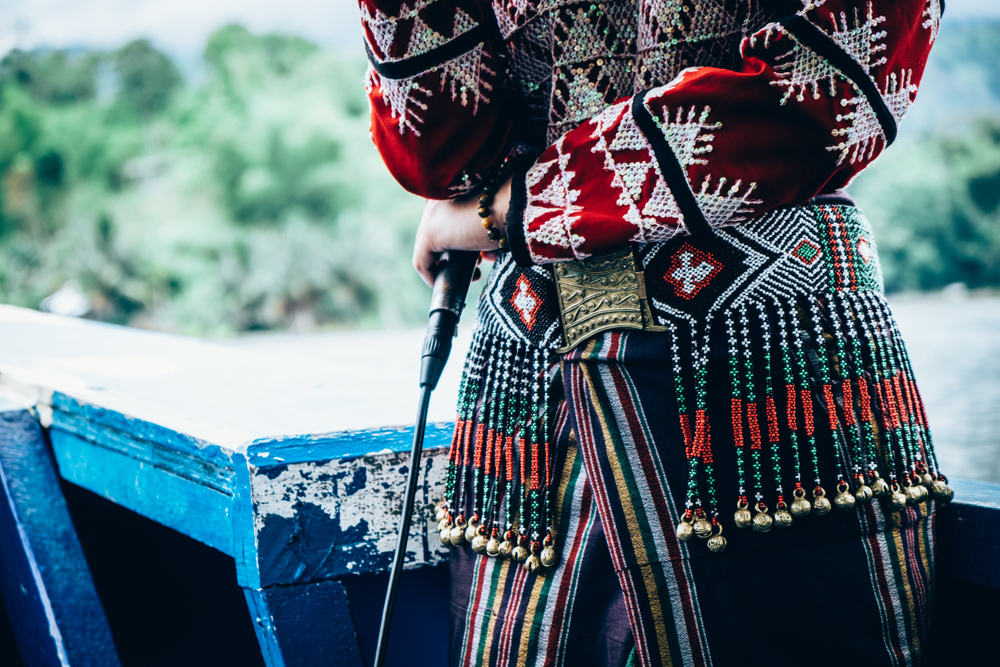
T’boli
In Mindanao, the T’boli tribe begins the wedding process when a child reaches an age where they are fit to marry. It’s usually arranged by the parents and can only push through if they find a suitable spouse who can shoulder the bride’s dowry. Once the children are of age, a solemnization ritual is set to begin the couple’s wedding ceremony.
During the wedding, the bride wears a distinctive costume adorned with intricate beadwork and accessories, while the groom dons traditional attire made of woven materials. Together, they are sprinkled with water by the tribe elder presiding over the ceremony as part of the blessing.
The wedding concludes with a joyous reception consisting of six feasts. This is enjoyed by the whole wedding party and can be celebrated with various outdoor activities like dances, mock battles, or horse fighting.
Maranao
Like many of the traditional tribal weddings, the Maranao tribe practices parental marriage agreements with dowry negotiations. In this case, the parents of the man and the woman search for suitable mates for their children and decide amicably about the union of their families.
Once a dowry agreement is set, a one-week wedding celebration called the “kandialaga” is held. During this week, various singing and dancing routines are showcased as part of the marriage ceremony for the bride and groom. There are also games or sports activities played by tribal groups to showcase camaraderie and support.
By the end of the kandialaga, the wedding ceremony or the “kakawing” is performed, entailing that the bride and groom are officially husband and wife.
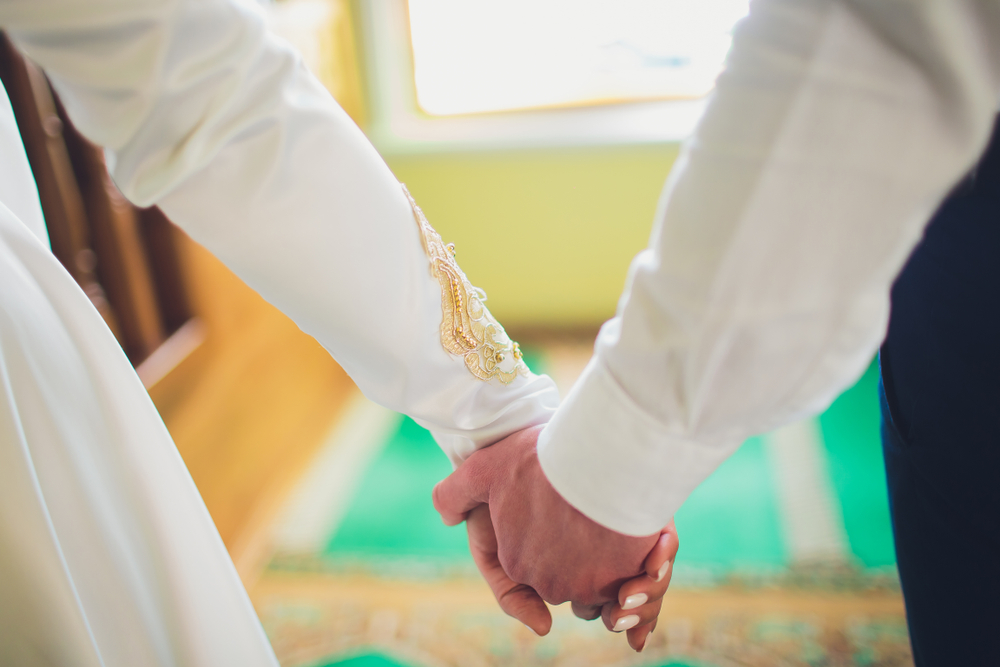
Badjao or Bajau
The Badjao, also known as sea gypsies, have a distinct wedding tradition influenced by their nomadic way of life. A Badjao wedding takes place on a “Lepa,” a traditional houseboat, as the sea holds immense significance in their culture.
A Badjao marriage is typically arranged by the parents of the couple. And like other customs, the bride and groom’s parents discuss and agree on a dowry before the wedding preparations can start. Once everything is settled, the wedding celebrations begin and can span up to three days.
Because of the tribe’s Islamic religion, the Imam officiates the wedding. Through his religious chants, the Imam blesses the bride and groom with hopes of a prosperous life as newlyweds.
During the ceremony, the couple presents a bridal dance for their guests as part of the wedding ritual. As they perform, their guests can place peso bills between their fingers as a monetary offering to help the couple start their new family.
Despite the unique differences in each tribe’s customs, they share a common thread in their emphasis on community involvement, ancestral blessings, and the preservation of cultural identity. With the ever-changing societal norms, it’s good to look back and practice traditions that reflect the values that make a Filipino.
Celebrating Tribal Marriages in the Philippines Today
Nowadays, some of these tribal wedding traditions are still performed like those of the Igorot and Maranao tribes. Typically, the couple to be wed adapts to modern themes and marriage rites to celebrate their union.
In terms of rituals, parental marriages are not as prevalent now and wedding decorations are a blend of traditional colors and contemporary influences. And while previous tribal weddings were held in the houses of the bride or groom, current couples can now choose between indoor vs. outdoor wedding ceremonies in other available venues.
Ultimately, modern tribal weddings are a mix of traditional customs. With the help of the bride and groom’s families, tribal elders, and religious leaders, they can still perform a wedding that fits modern styles while maintaining their cultural practices.

